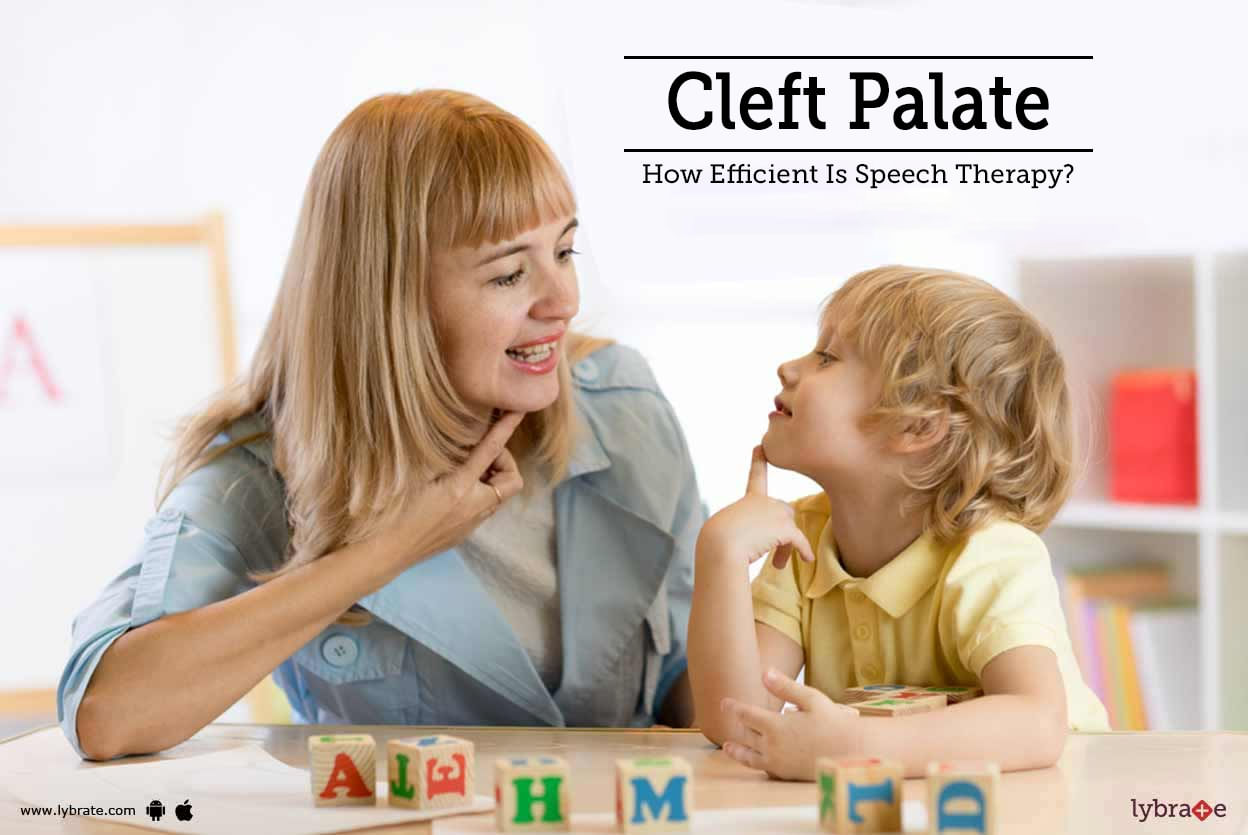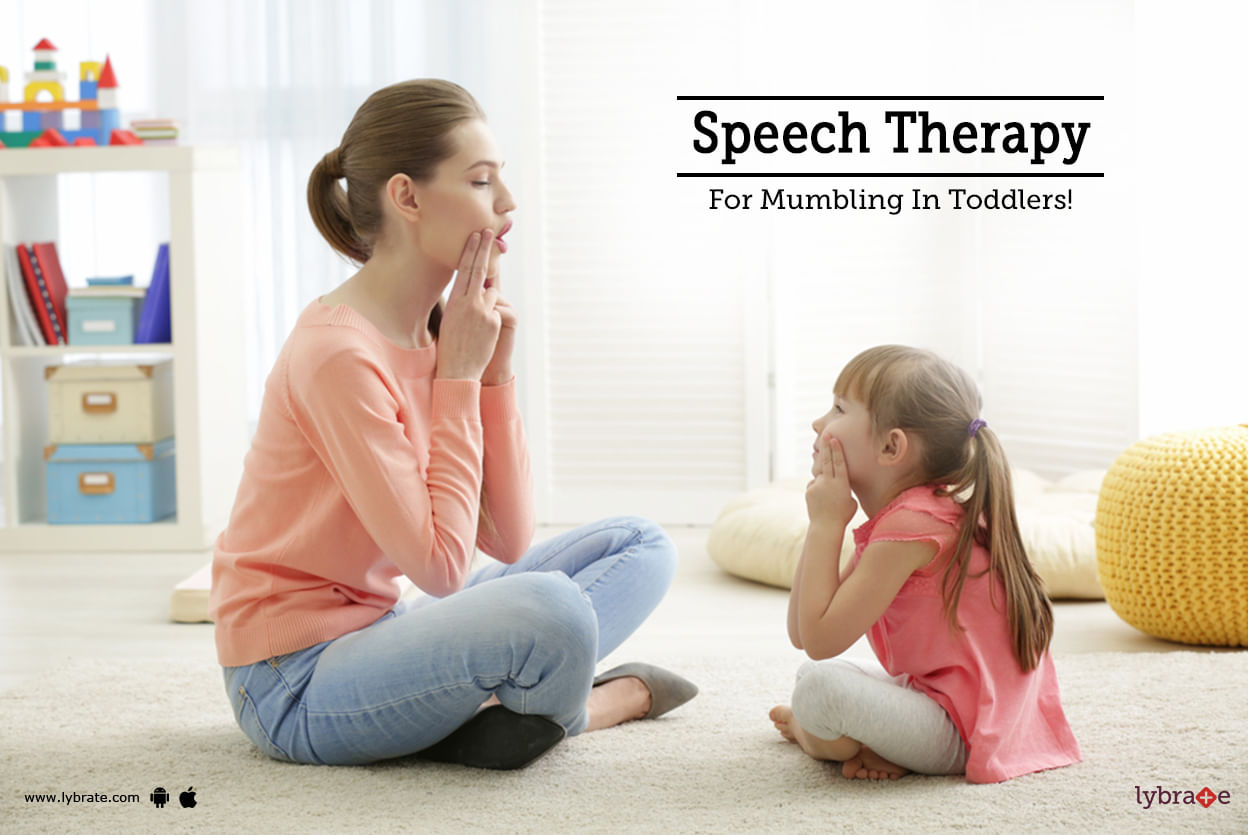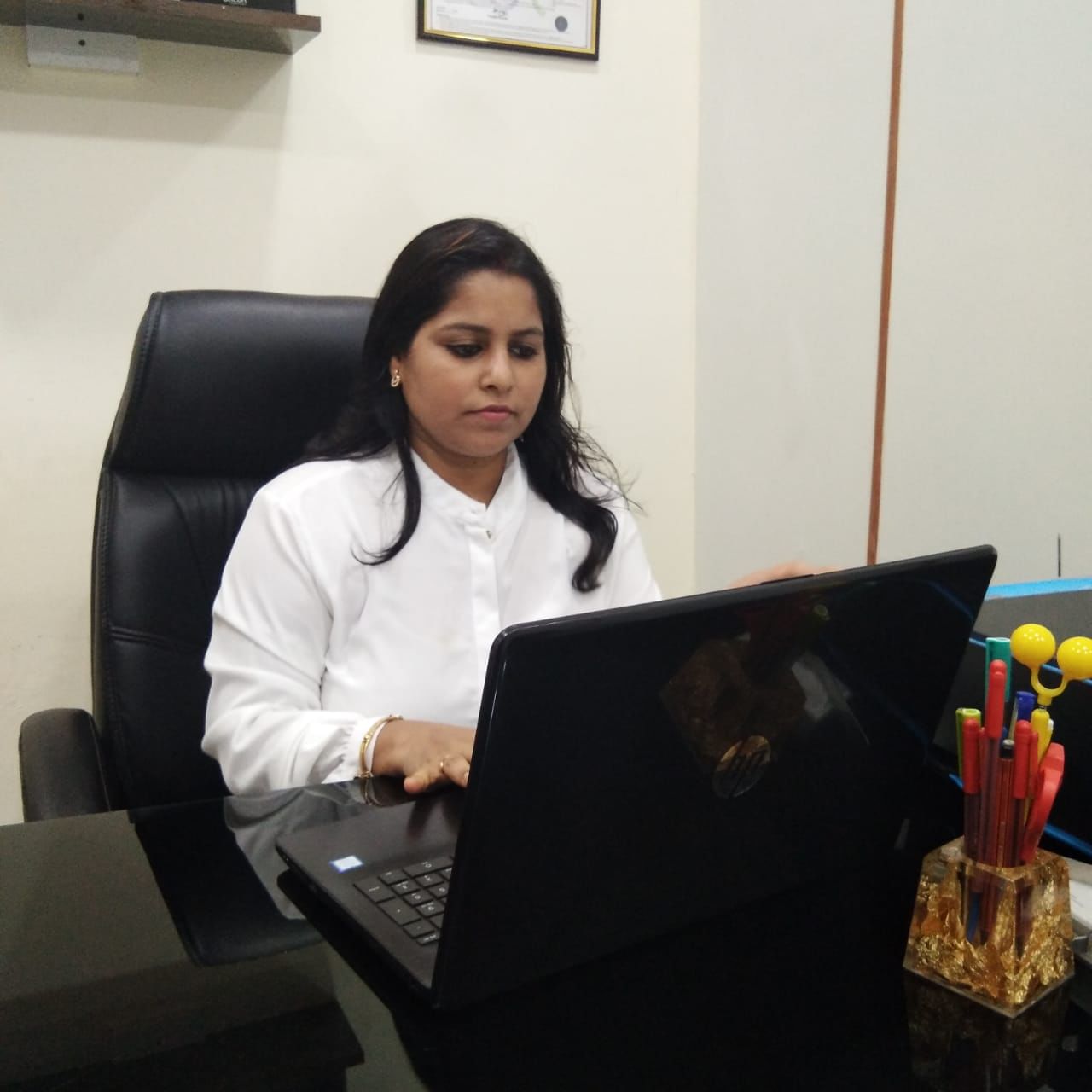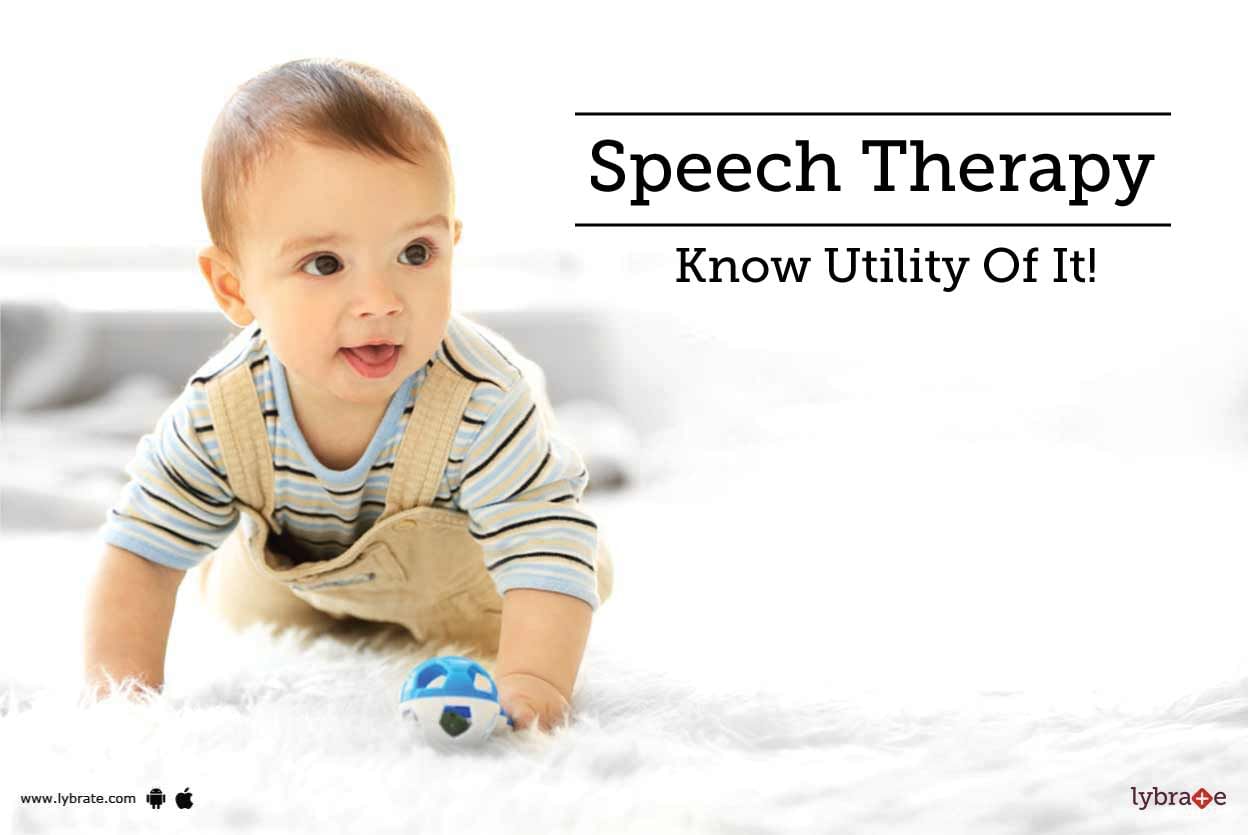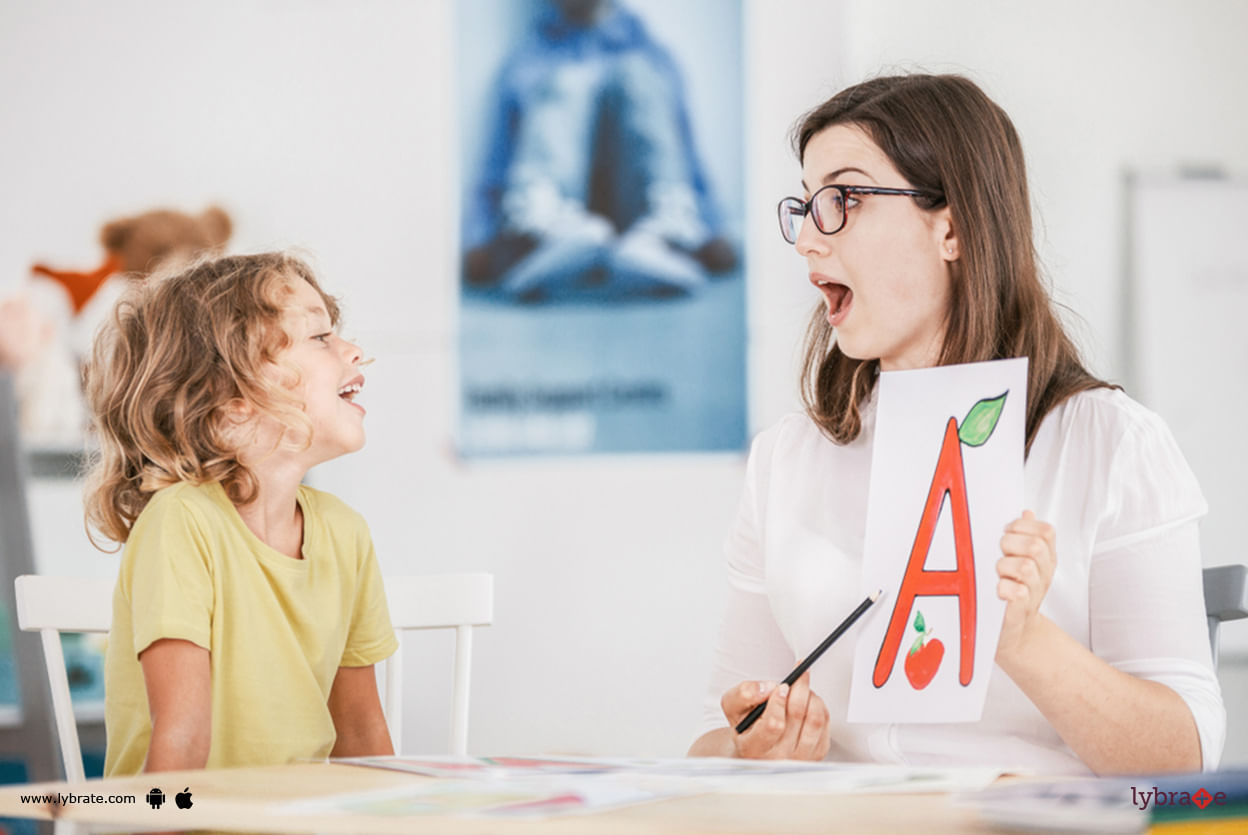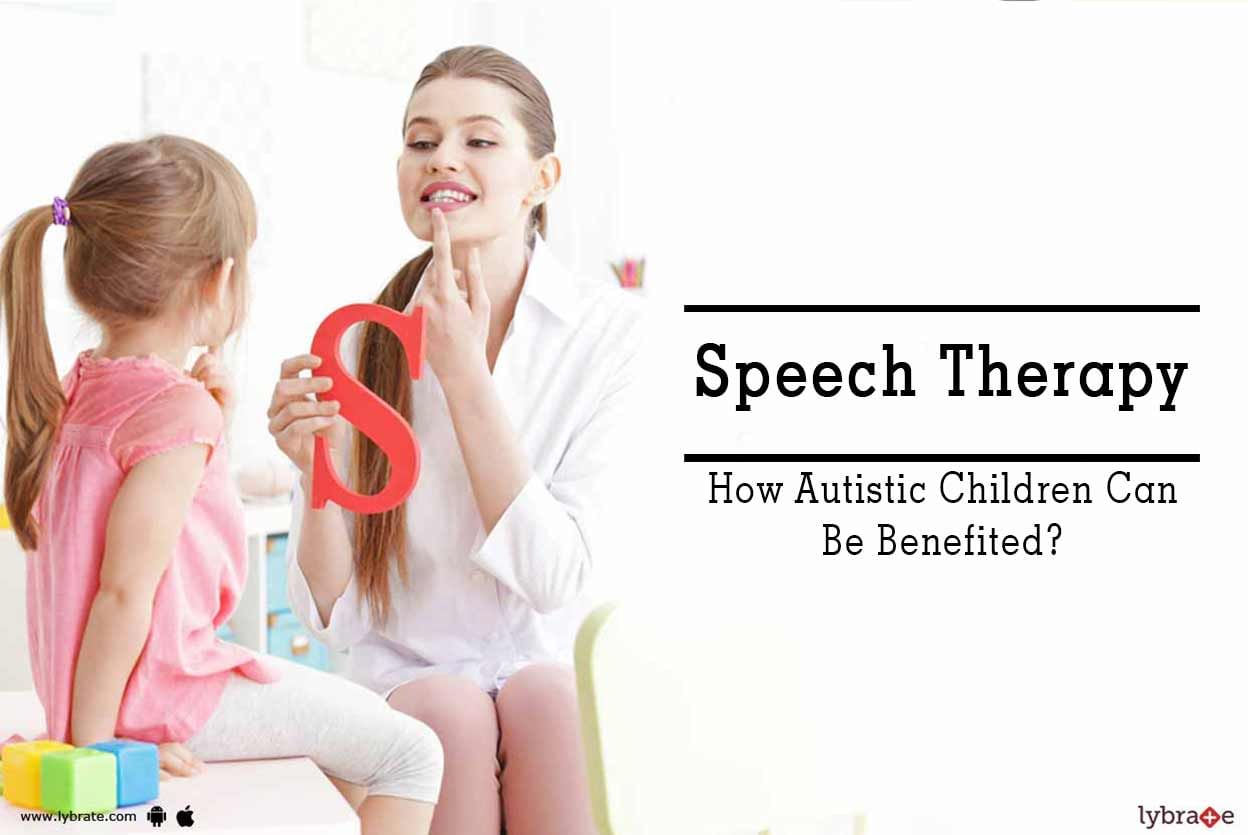Get the App
For Doctors
Login/Sign-up
Health Feed
Find Doctors
Health Packages
AllQ&AsTipsQuizzes
Speech Therapy Treatment Health Feed
Last Updated: 4 years ago• Featured Tip
Share
Bookmark
Report
Speech Therapist•Gurgaon
Speech therapy helps in improving the speech, understanding the language skills, and also help in communicating in non-verbal ways such as listening and taking turns. Speech therapy treats various kinds of communication and swallowing problems.
Children with Cleft Palate are diagnosed with an opening in the upper tissue palate in the mouth. This condition causes Velopharyngeal dysfunction (VPD) which results in excessive airflow from the nose while speaking. Although it can be corrected...more
Children with Cleft Palate are diagnosed with an opening in the upper tissue palate in the mouth. This condition causes Velopharyngeal dysfunction (VPD) which results in excessive airflow from the nose while speaking. Although it can be corrected...more
Last Updated: 5 years ago• Featured Tip
Share
Bookmark
Report
Speech Therapist•Gurgaon
Mumbling is one of the most common problems in toddlers. Most parents are attentive towards their children's communication skills. If the children start mumbling in more extended conversation and do not articulate well, such cases are of concern for the parents, as the child suffers from speech disability. He/she cannot perform well in school and various areas of social interaction. Many children are good in verbal competitions and studies but may lag behind because of mumbling.
What is...more
What is...more
Asked for female, 60 years old from Chennai
Share
Bookmark
Report
Dear Lybrate user if your baby is 3 years old and she only able to communicate and reoeat words then you have to consult with experience speech therapist .becz at this age child able to communicate upto sentence level .brahmi is good you can give her but speech tharapy is necessary steps for your child .we are providing tele speech therapy and detail asessment too .mobile.
129 people found this helpful
Last Updated: 5 years ago• Featured Tip
Share
Bookmark
Report
Communication disorders refer to a variety of disorders that may affect a person s ability to detect, comprehend, or apply speech and language to effectively engage in discourse with others. Over 10% of children suffer from communication disorders. A problem in a particular area of communication can affect other areas. For example hearing impairment in a child can disrupt his/her ability to adjust the tone or pitch of voice, leading to voice disorders.
Types of Communication Disorder...more
Types of Communication Disorder...more
Last Updated: 5 years ago• Featured Tip
Share
Bookmark
Report
Every child is different so are their developmental pace. Some children may have difficulty in their growth that either led to slow or late development. Children may have a problem in their speech which makes it difficult for them to talk and communicate with others that can affect their personality and overall development.
Oral Placement Therapy or OPT is a kind of speech therapy that uses a combination of visual stimulation, auditory stimulation, and tactile stimulation to help impro...more
Oral Placement Therapy or OPT is a kind of speech therapy that uses a combination of visual stimulation, auditory stimulation, and tactile stimulation to help impro...more
Last Updated: 5 years ago• Featured Tip
Share
Bookmark
Report
Some children have more difficulty building vocabulary and articulating sounds as compared to others. In such cases, a speech therapist can help. A speech therapist will help your child learn to enunciate properly, build their vocabulary and help them communicate better. Many speech problems such as stuttering begin in early childhood and if left untreated, can continue into the child s adult life as well. Working with a speech therapist can help prevent this. Some of the benefits of consulting ...more
Last Updated: 6 years ago• Featured Tip
Share
Bookmark
Report
Speech disorders refer to the conditions that affect an individual s ability to form sounds that allow them to communicate with others. They are not the same as language disorders. Speech disorders stop people from producing correct speech sounds. A language disorder, on the other hand, affects one s ability to comprehend language and learn words. Nevertheless, both disorders make it difficult for a person to express feelings and thoughts in front of others.
Types of Speech Disordersmore
Types of Speech Disorders
Last Updated: 6 years ago• Featured Tip
Share
Bookmark
Report
When a child has difficulty forming sounds it may affect their development and other aspects of their lives. For example, a child with an articulation error may have difficulty completing schoolwork or interacting socially with their peers. This is where articulation therapy comes into play. The goal of articulation therapy is to help a child produce challenging sounds and achieve age-appropriate speech.
Proper articulation helps children
Let's start with a definition of articu...more
Proper articulation helps children
Let's start with a definition of articu...more
Last Updated: 6 years ago• Featured Tip
Share
Bookmark
Report
Autism is a developmental disorder that is usually diagnosed within the first three years of a child s life. Speech disorders and an inability to communicate with others are characteristic symptoms of autism. Speech therapy can be very beneficial for such children. Thus, it is often a major part of a treatment plan for autism. Some of the benefits of speech therapy for autistic children include:
Better articulation: Autistic children often find it hard to make certain sounds. Hence, the...more
Better articulation: Autistic children often find it hard to make certain sounds. Hence, the...more
Last Updated: 6 years ago• Featured Tip
Share
Bookmark
Report
As a parent, you feel a special deep panic when you realize that your child your beautiful, clever, funny child, who regularly surprises you with precocious bons mots, who built an ingenious bow out of tubing and rubber bands that can shoot a chopstick across the living room with remarkable accuracy is having trouble learning to read.
Meanwhile, all the other kids appear to be breezing along, polishing off Harry Potter books while your child stumbles over the difference between "how" an...more
Meanwhile, all the other kids appear to be breezing along, polishing off Harry Potter books while your child stumbles over the difference between "how" an...more
Book appointment with top doctors for Speech Therapy Treatment treatment
View fees, clinic timings and reviews
Ask a free question
Get FREE multiple opinions from Doctors
posted anonymously


